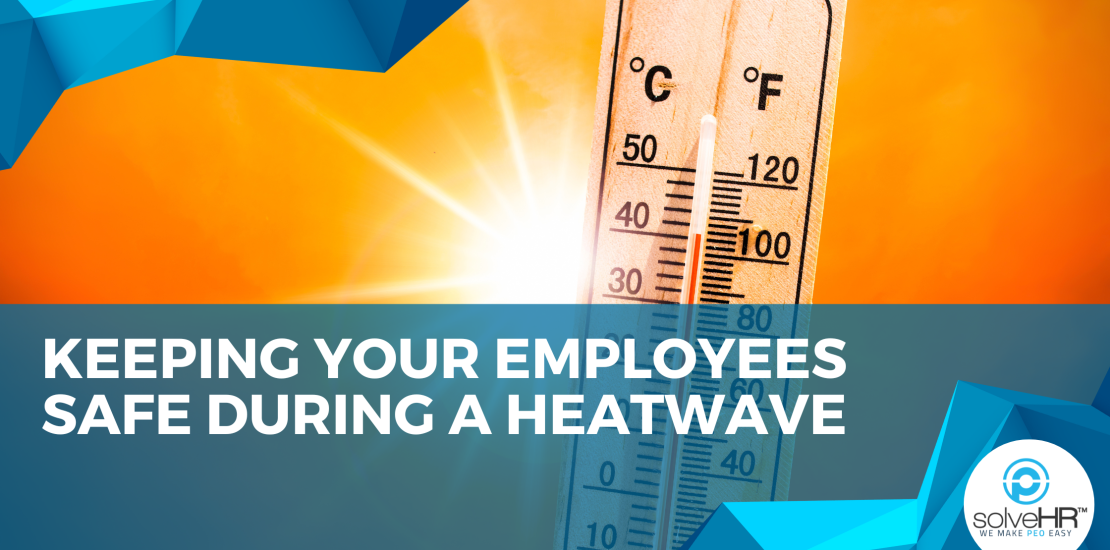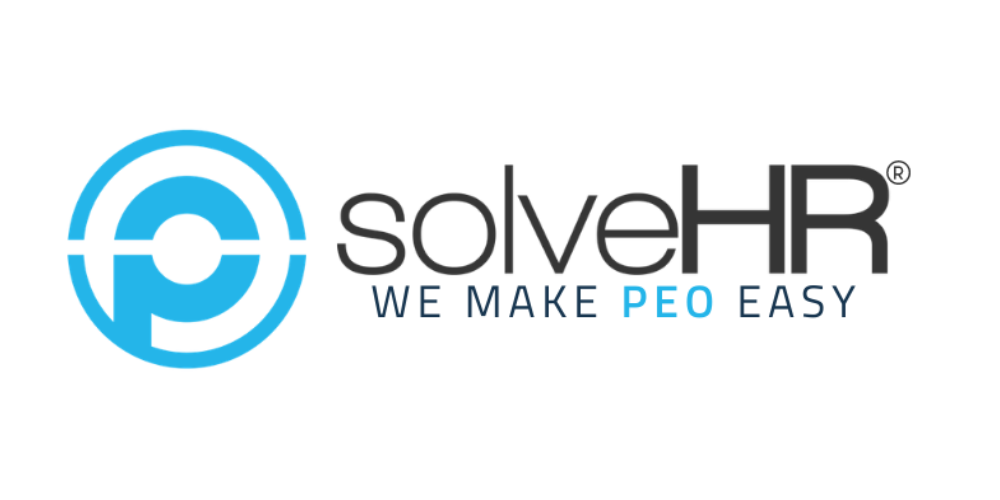- 07/05/2023
- Posted by: Matt Muriel
- Category: Uncategorized

As the global climate continues to change, extreme weather events, including heatwaves, are becoming more frequent and intense. Heatwaves pose a significant health risk, particularly for outdoor workers or those operating in non-air-conditioned environments. As an employer, it is your responsibility to prioritize the safety and well-being of your employees during such challenging conditions. This blog will guide you through essential measures to keep your employees safe and comfortable during a heatwave.
- Educate and Raise Awareness: The first step in safeguarding your employees is to educate them about the dangers of excessive heat exposure and the signs and symptoms of heat-related illnesses. Conduct training sessions and distribute informational materials to raise awareness among your workforce. Ensure everyone understands the importance of hydration, recognizing heat exhaustion and heatstroke symptoms, and taking necessary precautions.
- Modify Work Schedules: Consider implementing flexible work schedules to mitigate the effects of extreme heat. Adjust start and end times to avoid the hottest hours of the day, if possible. Offer early morning or late evening shifts when temperatures are relatively lower. Additionally, encourage regular breaks in shaded or air-conditioned areas, providing employees with sufficient time to cool down and re-hydrate.
- Create a Heatwave Safety Policy: Develop a comprehensive heatwave safety policy that outlines specific guidelines and procedures for handling extreme heat conditions. This policy should address issues such as working in direct sunlight, protective clothing and equipment, access to drinking water, and the identification and reporting of heat-related symptoms. Ensure the policy is easily accessible and regularly communicated to all employees.
- Provide Adequate Hydration: Maintaining proper hydration is crucial to prevent heat-related illnesses. Supply an abundant quantity of cool, potable water throughout the workplace. Encourage employees to drink water regularly and remind them of its importance. Consider installing water stations or distributing individual water bottles for easy access and consistent hydration.
- Enhance Ventilation and Cooling: If feasible, enhance ventilation in work areas by utilizing fans, air coolers, or portable air conditioning units. Ensure that the existing air conditioning systems are well-maintained and functioning optimally. Designate cool areas or air-conditioned break rooms where employees can find relief during breaks or rest periods.
- Provide Personal Protective Equipment (PPE): Select appropriate personal protective equipment for extreme heat conditions. Lightweight, breathable clothing that covers exposed skin can offer protection from the sun while allowing air circulation. Consider providing wide-brimmed hats, sunglasses, and sunscreen to protect employees working outdoors. Evaluate the necessity of any additional equipment, such as cooling vests or wet towels, to help employees stay cool.
- Encourage Heat Stress Monitoring: Implement a system for monitoring heat stress levels in the workplace. Use portable heat stress monitors to measure temperature and humidity accurately. These devices can help identify areas of concern and guide decision-making regarding work intensity and rest breaks. Regularly monitor weather reports and share updates with employees, so they can anticipate heatwave conditions.
- Foster a Supportive Work Culture: Encourage a supportive work environment where employees can openly communicate their concerns about working in extreme heat. Foster a culture that values employee well-being and encourages colleagues to watch out for each other. Implement an anonymous reporting system or designate a point person whom employees can approach if they experience any heat-related symptoms or discomfort.
During a heatwave, the safety and welfare of your employees should be of paramount importance. By implementing these measures, you can create a safe and comfortable working environment even in extreme heat conditions. Prioritize education, hydration, and adequate cooling, and foster a supportive culture that encourages open communication. By taking proactive steps, you can protect your employees’ health, boost morale, and ensure a productive workforce even during challenging weather events.

